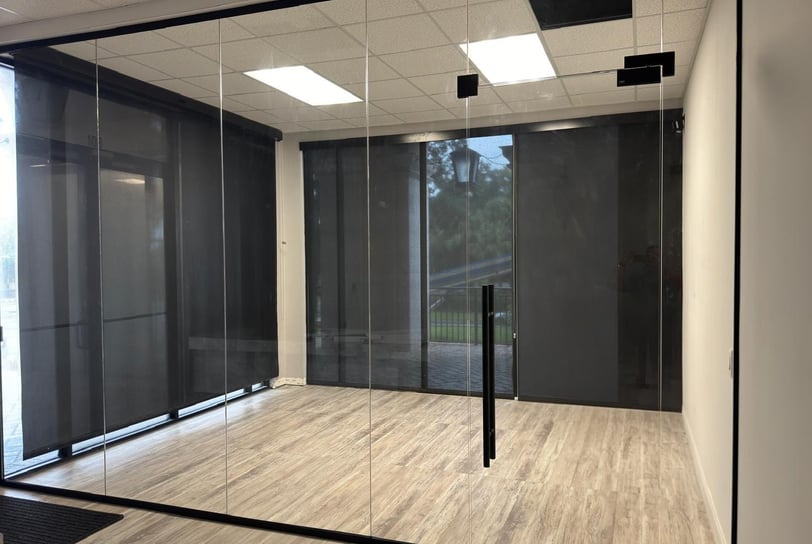Glass and Wood Dominate Architectural Trends in the U.S.: Transparency and Nature in Harmony
Designers and builders are increasingly betting on glass and natural wood to meet a growing consumer desire for transparency, sustainability, and emotional connection with the environment
EBNZR NEWS
Karlla Marinho
4/11/20251 min read


The use of glass and wood in architecture is no longer just a stylistic choice — it's becoming a symbol of a new lifestyle. In the United States, this trend is gaining strength in both residential and commercial projects, combining modern aesthetics with ecological responsibility.
According to the American Institute of Architects (AIA), demand for buildings that incorporate biophilic elements — which connect humans with nature — has increased by 30% in the last five years. Glass and natural wood are key in this movement, allowing for more natural lighting, improved thermal comfort, and a more welcoming environment.
“Architecture is no longer just about building structures. It’s about creating experiences,” says architect Laura Jennings, a specialist in sustainable design in California. “Glass brings in light and expands spaces. Wood brings warmth and emotion. Together, they transform homes into sanctuaries.”
The U.S. glass market reflects this transformation. According to a report by Grand View Research, the architectural glass segment in the country exceeded $27 billion in 2023 and is projected to grow steadily over the next decade, driven by technological advancements in thermal and acoustic performance.
One of the most visible trends is the expansion of large sliding doors, transparent partitions, glass facades, and wooden finishes in living rooms, offices, and integrated kitchens. This combination enhances the feeling of spaciousness while maintaining privacy and acoustic comfort.
In cities like Miami, Austin, and Los Angeles, construction companies are investing in the use of laminated and tempered glass, as well as certified wood from renewable sources. The goal is to align aesthetics, safety, and sustainability in line with modern consumer expectations.
“Clients today want beauty, functionality, and environmental responsibility in one package,” explains Mark Thompson, a project manager for a green construction company in Texas. “That’s why the mix of glass and wood has become a must-have in high-end developments.”
In a post-pandemic world, where homes have become multifunctional spaces, architecture is responding with openness and connection to the outside world — and glass and wood are leading the way.
